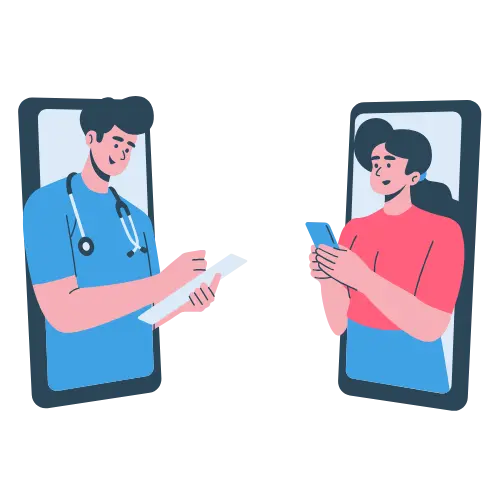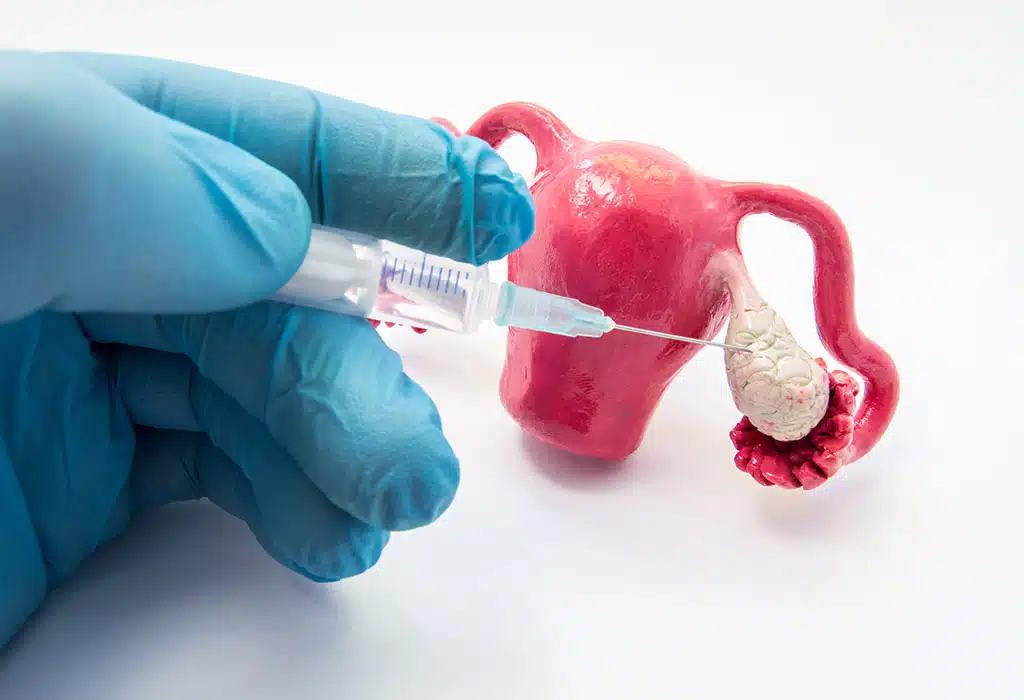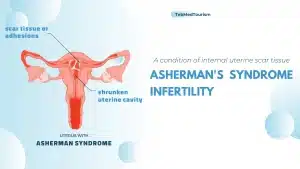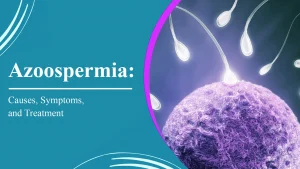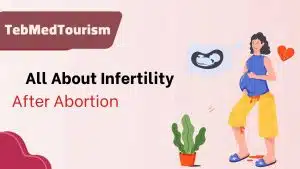In-vitro maturation, or IVM, is an assisted reproductive technology (ART) that involves collecting eggs from a woman before they are matured with hormonal injections. After immature eggs are collected via a minor surgical procedure, they are then matured in culture using hormones or soon, a naturally occurring oocyte protein dimer. Typically, then the matured eggs are manually fertilized using a process called intracytoplasmic sperm injection (ICSI). Once the embryos have time to begin development, they are transferred into the woman’s womb, and the wait begins to see if pregnancy occurs.
The original process of oocyte IVM has been available since the 1990s; however, it has been seldom used due to in-vitro fertilization (IVF) showing better returns (healthier matured eggs). Researchers in Australia are making leaps in improving the IVM process, perhaps making it a more competitive option in the near future. IVM-ET cycle (complete cycle)IVM-ET cycle (complete cycle)
What are the differences between the old and new IVM procedures?
The old and new IVM procedures are very similar, only really differing in one aspect. After the immature eggs are collected from the woman’s ovaries, they are matured in cell culture. The old method used hormones to mature the eggs, while the new method uses a protein dimer called cumin (explained below). The old IVM did not produce very healthy matured eggs, while the new method produces 50% more healthy mature eggs.
Associate Professor Robert Gilchrist (UNSW’s School of Women and Children’s Health) leads a team of researchers that are investigating these improvements to the old IVM procedure. Instead of using hormones to encourage the egg to reach maturation, they have harnessed the power of an oocyte protein (a growth factor) that promotes maturation. Gilchrist and his colleagues discovered a protein dimer called cumin that has this same action through communicating with the oocyte’s supporting cells. Combined with cell signaling molecules called cyclic-AMP (c-AMP) modulators, these two have the power to produce healthier mature oocytes.
The issues with the IVM procedure that is currently used worldwide is that the mature egg quality was diminished compared to the quality IVF procedures produced. Now it seems that the problem could be solved with the use of cumin and c-AMP.
How does IVM differ from IVF?
The IVF procedure requires women to go through multiple hormonal injections during the egg retrieval process to encourage egg maturation while the eggs are still in the ovaries. The IVM procedure matures the eggs after they have been retrieved, which makes the hormonal injections into the mother unnecessary. This is especially good news for polycystic ovarian syndrome (PCOS) sufferers, other women with pre-existing reproductive issues, and women in remission or recovery from cancer due to problems with or side effects from an influx of hormones.
IVF patients undergo hormone injections and around three ultrasounds and five blood tests within a one month period. The new IVM procedure requires only a couple of blood tests and transvaginal ultrasounds in less than a week’s time. Even if there are small doses of hormones with IVM, they are scaled back 90% from what IVF patients take, and the hormones are typically available as a pill or suppository. With little to no hormonal injections (gonadotropins can be very costly), fewer exams and labs, and a shorter time span, the cost for the new IVM is expected to be much lower than for IVF.After the egg retrieval and maturation, the processes for IVF and the new IVM are extremely similar. Both may mix the eggs and sperm in a dish or choose to use intracytoplasmic sperm injection (ICSI) to manually fertilize the eggs.
What are the steps involved with IVM?
- Step 1: Some initial testing is done with ultrasounds and a blood test to help determine the best time to retrieve the eggs. Women may also be asked to take small doses of hormones prior to the procedure in pill or suppository form.
- Step 2: Once the right time for extraction is determined, immature eggs are retrieved with little to no ovarian stimulation through a minor surgical procedure: ultrasound imaging is used to guide a hollow needle through the pelvic cavity to remove the eggs. Medication is provided to reduce and remove potential discomfort.
- Step 3: OLD: The immature eggs are placed in cell culture and stimulated with hormones until they reach maturity. NEW: The immature eggs are placed in cell culture and stimulated with cumulin and c-AMP until they reach maturity. Both old and new in this stage take about 24-48 hours.
- Step 4: Most of the time, intracytoplasmic sperm injection (ICSI) is used to manually fertilize the eggs (using a small needle to insert one sperm into each matured egg).
- Step 5: Soon after the eggs are fertilized and begin growing, the doctor will insert one to four embryos into the perspective mother through a minor surgical procedure. Then, it is a short wait (less than 12 days) to see if implantation is successful.
- Step 6: If the cycle is a success, the newly pregnant woman or couple will move her care to an OB/GYN. If the cycle is not successful, the couple or woman may opt to undergo another cycle of IVM.
What are the common side effects or risks of the IVM procedures?
Because there is little to no hormone stimulation of the ovaries with IVM, it almost greatly lessens the chance of developing ovarian hyperstimulation syndrome (OHSS) compared with IVF patients. This is a risk that IVF patients face, particularly ones with the polycystic ovarian syndrome (PCOS).IVM-ET cycle (complete cycle)
Like with any type of ART, there is also the chance of a multiples pregnancy if more than one embryo is inserted.
Who could benefit from using the new IVM procedure?
There are a few groups of women who could benefit from not needing hormone injections to mature the eggs before collection:
- Women with the polycystic ovarian syndrome (PCOS), who are more prone to ovarian hyperstimulation syndrome (OHSS), which can be a fatal condition. Since IVM does not stimulate the ovaries, there is little to no risk of developing OHSS.
- Women who are recovering or in remission from cancer, since some of the hormonal factors used to stimulate the ovaries could also stimulate any cancer tissue left behind.
- Younger women who are seeking assisted reproductive technologies (ART) to become pregnant, since IVM is lower cost and has less associated risks than with IVF.
- Women who undergo IVF, but the collected eggs are immature. IVM procedures can coax these cells to maturity so that the procedure can continue.
- Women who have a limited number of eggs remaining, because there is a much lower chance of ovarian hyperstimulation with IVM than with IVF. That means there is a better chance to preserve any eggs that are not collected.
The individuals below, who would be eligible for IVF, could also benefit from IVM:
- Women with blocked or damaged fallopian tubes
- Women who have had their fallopian tubes removed
- Male factor infertility, including decreased sperm count or motility
- Women with ovulation disorders, premature ovarian failure, or uterine fibroids
- Individuals with a genetic disorder
- Couples or women with unexplained infertility
What are the success rates of the old and new IVM?
Though the current IVM is not as widely used as IVF, success rates for a single cycle of IVM sit around 32%, compared with an average of 40% for a single cycle of IVF.
As of yet, clinical rates have not been determined for the “new” IVM. Once it has proceeded through clinical trials, there will be more information available on its success.
IVM-ET cycle (complete cycle)
Et:
Embryo transfer is a simple procedure that follows In-vitro maturation, or IVM and is often considered the simplest and final step of the In-vitro maturation process. The objective of embryo transfer is to facilitate conception following fertilization from the In-vitro maturation procedure.
When Does The Embryo Transfer Procedure Occur?
Embryos are generally transferred to the woman’s uterus at the 2-8 cell stage. Embryos may be transferred anytime between day 1 through day 6 after the retrieval of the egg, although it is usually between days 2-4. Some clinics are now allowing the embryo to reach blastocysts stage before transferring, which occurs around day 5.

